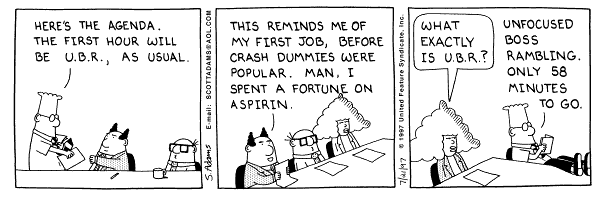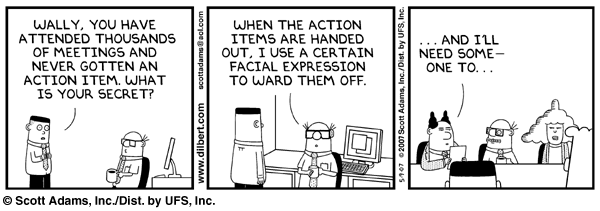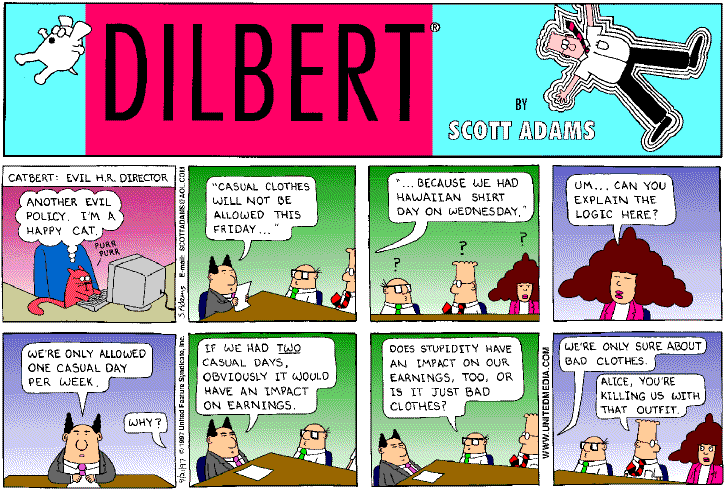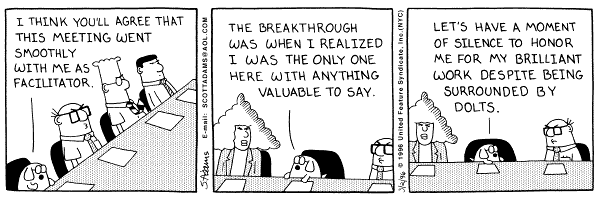“The harder the conflict, the more glorious the triumph. What we obtain too cheap, we esteem too lightly; it is dearness only that gives everything its value. I love the man that can smile in trouble, that can gather strength from distress and grow brave by reflection. ‘Tis the business of little minds to shrink; but he whose heart is firm, and whose conscience approves his conduct, will pursue his principles unto death.” Thomas Paine
There is no doubt, managing conflicts is a challenging task. On my journey as an entrepreneur I have had my share of conflicts. I think working in close proximity and under much pressure, tends to raise conflicts more frequently in entrepreneurial ventures. It is hence important to know how to handle them more effectively. Losing a team mate, a client or a supplier can spell the end for a young startup. Listed below are five steps to help manage conflicts in a systematic and structured manner, and thus reach a fair and faster consensus.
1. Facts: Before anything is discussed or negotiated, it is important that all relevant details are documented. This includes finding core reasons behind the conflict, the stage the conflict is at, and the affected parties. It is important to be objective when documenting these factors, and ensure that each one of the affected individuals is part of the process. To read more about the fact finding process please click here.
2. Ground Rules: Developing a set of rules and structure can greatly facilitate conflict resolution. It is important to let all the participants know what is expected of them. It also helps to formalize the actual negotiation process with a set agenda, and a mediator if possible. Setting up such a structure helps the negotiation process run smoothly, with each participant well aware, before hand, about the discussion agenda. To read more about setting appropriate ground rules please click here.
3. Negotiations: The actual negotiation stage brings all the concerned parties together, to discuss their points of view in a structured manner. It is important to insist that each participant keep their mind open to different options, even if they do not agree with them. Keeping a close mind and remaining stubborn makes the process more challenging to manage. During this stage, notes need to be taken down regarding options discussed and differences and concerns that were voiced. To read more about the negotiation stage please click here.
4. Evaluation: After the negotiation stage, all the participants are called back at a later date to discuss the options discussed during the negotiation stage. At this time, it is important to establish a set of objective criterions, to ensure the options discussed are feasible, fair and take into account the larger picture. There are several strategies which can be used at this stage to rank or combine options, and to come up with a mutually agreeable option. To read more about the evaluation stage please click here.
5. Closure: The final stage of a conflict management process involves bringing closure to the argument. This is done by formalizing whatever was discussed and decided into a written document, which clearly outlines everyone’s responsibilities and roles. It is important that a commitment is made to follow through on what was decided. Periodic meetings can be established to ensure that everything is moving as planned, with suggestions and feedback provided along the way. To read more about closure please click here.
I have followed this system in conflicts I have been involved in. However, given the variances in every conflict, one needs to improvise along the way. Managing conflicts is a challenging task, especially when they have been brewing under the surface for long periods of time. Reaching a formal agreement acceptable to all the concerned individuals is a major feat. It requires patience, an open mind and the willingness to be flexible. It is much easier to be stubborn and refuse to change a position, rather than be adaptable and sacrifice for a more congenial and brighter future.




